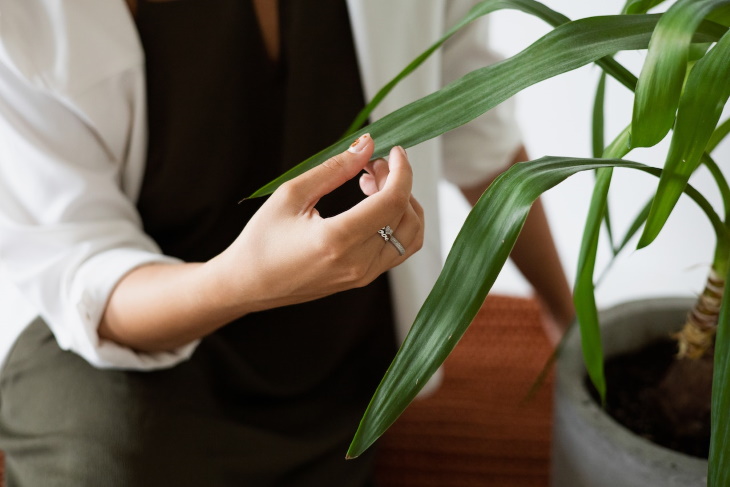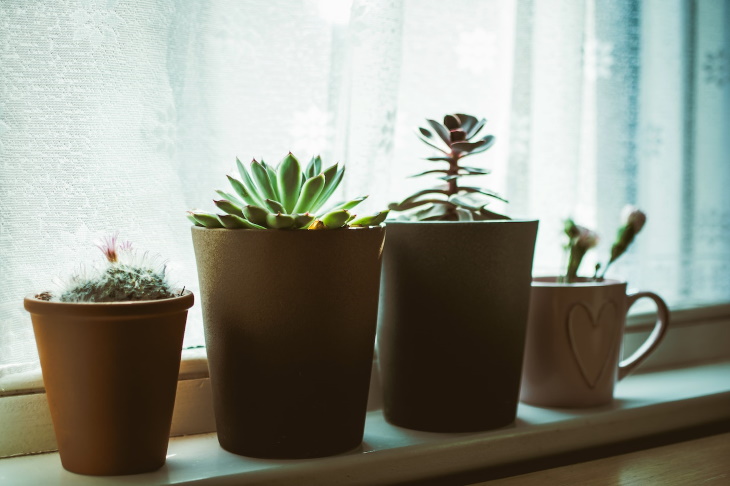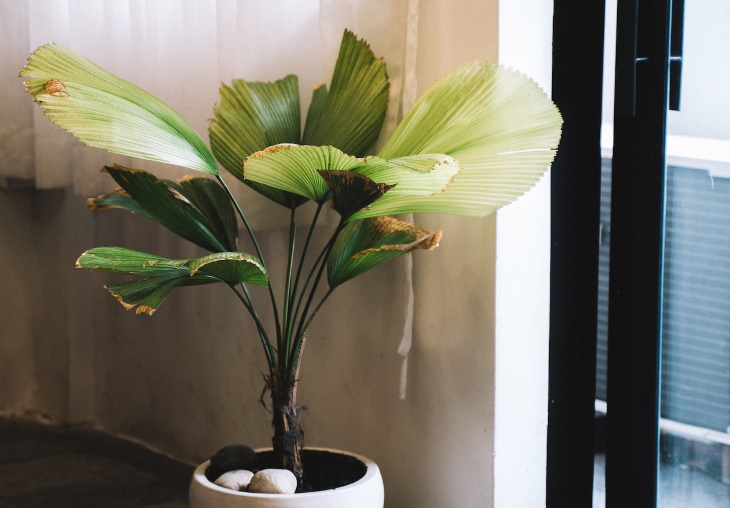
What is the first thing that comes to mind when you think of indoor plant care? For many, the main chore they associate with plants is watering. However, it’s by far not the primary factor to consider when buying a new plant or finding a location for your existing houseplants. Lighting is far more significant, as sunlight is a major source of energy for all plant life. Your indoor plants are no exception.
Therefore, successful houseplant owners always pay close attention to their plants’ light needs, and we’ll teach you to do just that in this brief but informative guide. You’ll learn to read plant labels at gardening centers and develop the skill of noticing the signs of insufficient and excessive light in live plants.
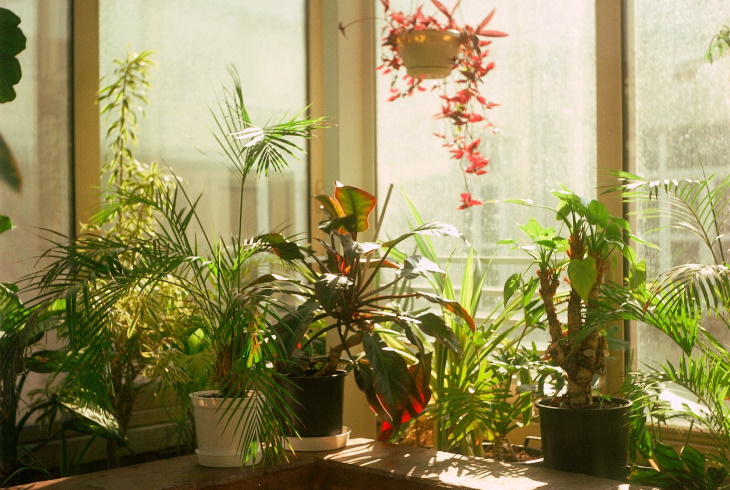
Remember the kids in biology class who were always complaining they’d never use photosynthesis in real life? They were wrong, and now is the time to put all that biological knowledge to practical use.
Let’s begin with the obvious. All plants - even carnivorous ones and algae - require light to grow lush and healthy. They have special cells that transform sunlight, carbon dioxide, and water into sugar during the process called photosynthesis. But that’s not all.
Just like other living organisms, plants have evolved over the years to survive in specific climates. Yes, that includes what we call “indoor plants”; after all, all plants came from a natural habitat somewhere, even if that habitat has a very different climate from your own.
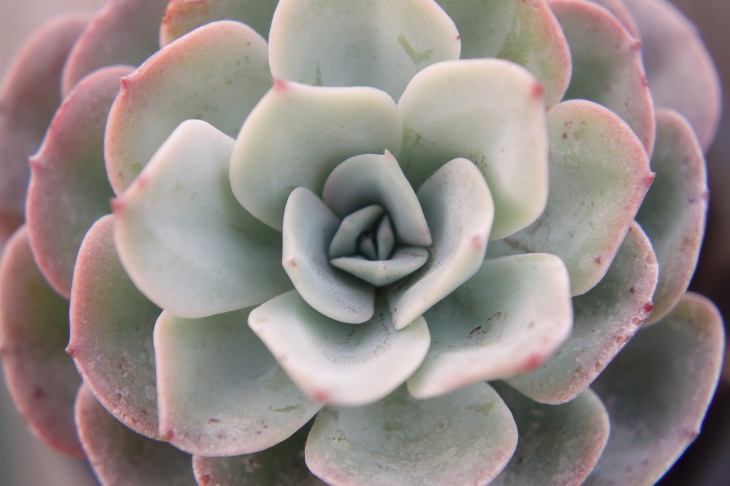
For example, plants that live in the understory of the forest generally have less light available than those that live in the open. So, these plants often have dark green or even burgundy leaves that catch light more efficiently. Conversely, such plants require limited sunlight to thrive.
On the flip side, desert plants like cacti and succulents have protective features that prevent their leaves from getting scorched in the relentless desert sun. For instance, some succulents are covered by a natural white dusting called epicuticular wax that absorbs sunlight. It’s like a natural sunscreen that repels UV light. Neat, right?
Related article: Increasing Humidity for Your Houseplants
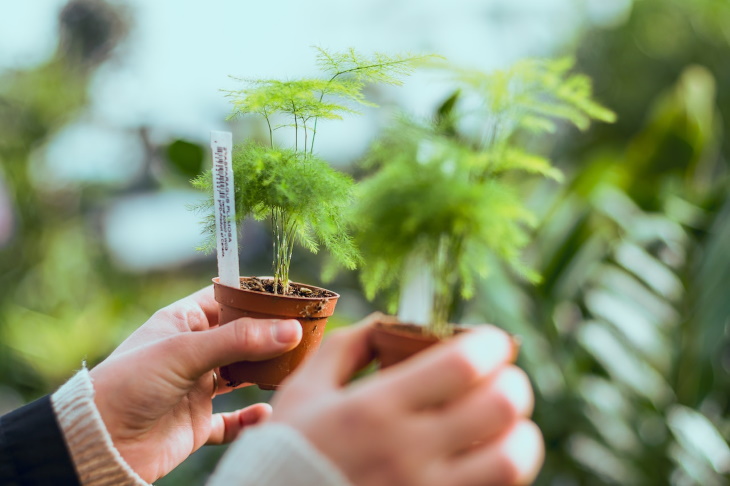
Decorative plants are typically divided in terms of their lighting needs in stores. The next time you go to a garden center, you’ll surely find a section of low-light plants, and another one with plants that require direct sunlight. Nurseries will also ship out their plants with information tags that list the houseplant’s name, light requirements, water needs, etc.
The only trouble is that these tags use shorthand terms like “bright indirect light” or “low light,” which can be hard to quantify. To give you a deeper understanding of what all these cryptic terms mean, here’s a quick rundown of each category:
This is the highest light intensity that is usually reserved for desert plants like palms and cacti. To give your plants direct light, you’d place the plant directly on the windowsill of a south- or southwest-facing window. If using artificial light, it equals up to 16 hours of light exposure.
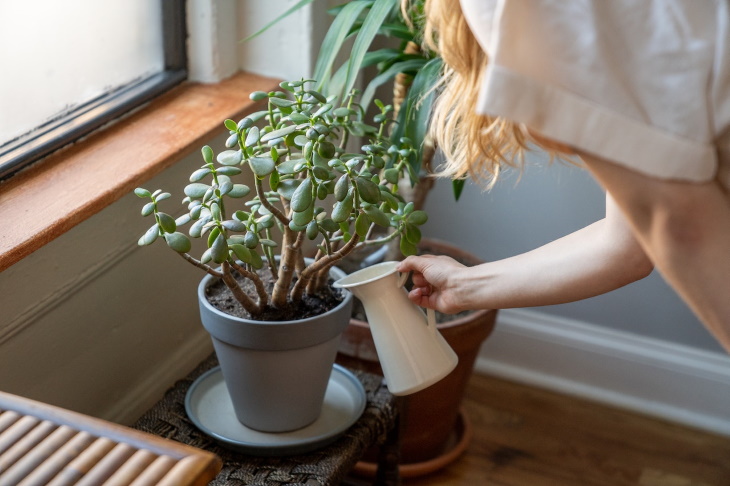
This is by far the most common plant light recommendation because pretty much any plant you have will love it. In this scenario, your plant is still sitting very close to a window, but it doesn’t receive any direct sun. A synonym for bright indirect light is filtered or diffused light; think of a bright window covered by sheer drapes.
Medium light refers to light areas in your home that don’t get direct sun exposure because they’re around 6 feet (1.8 m) away from a window. From ivy to spider plants, there are a lot of plants that thrive in this type of lighting. And usually, it’s not so difficult to come by in the home.
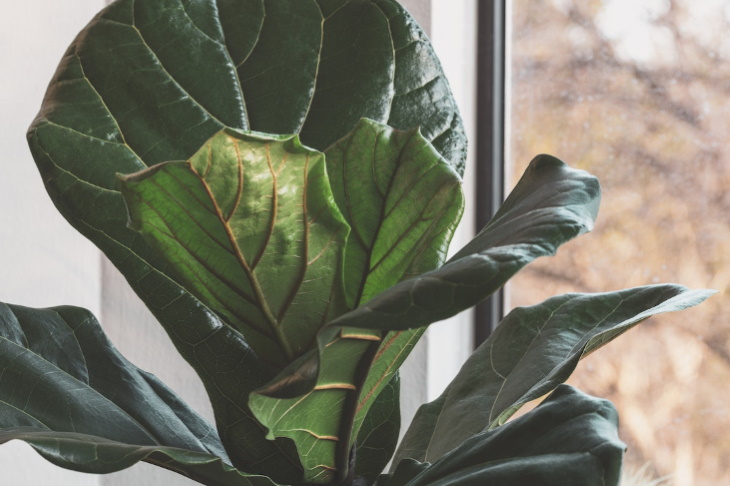
Low light is the least amount of light you can give a houseplant without killing it. Not all plants will thrive in low-light conditions, but many will tolerate it. ZZ plants, golden pothos, snake plants, rattlesnake plants, and peace lilies are just a few examples of plants that will treat you kindly, even if you leave them in a relatively dark corner. Small bathroom windows or north-facing windows are more closely aligned with low light.
Also, keep in mind the duration of the light. On average, a houseplant will need 6-8 hours of light every day. In the winter, the sun exposure may drop, and you’ll need to move some of the plants closer to a window.
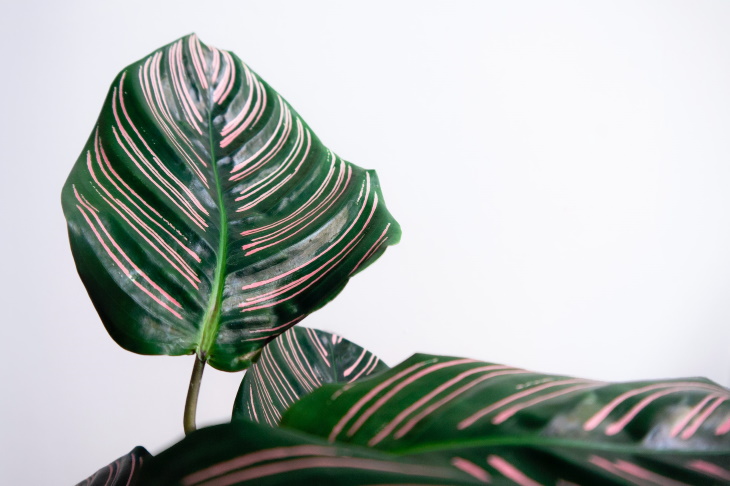
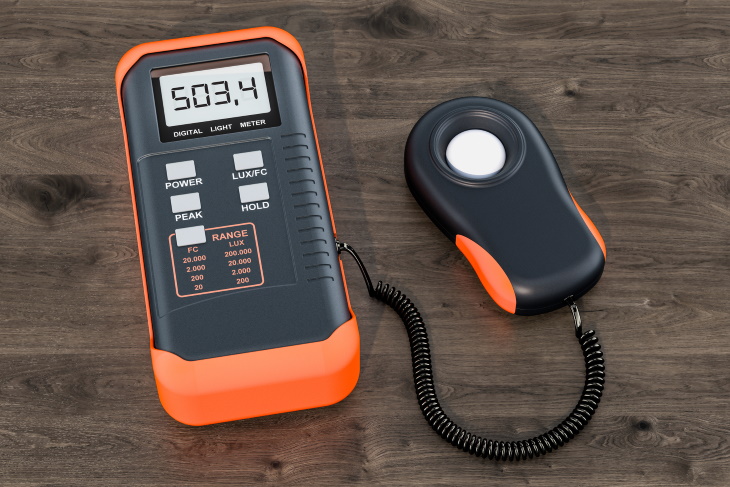
Wondering what those numbers next to each lighting category were above? Those are the most common light intensity measurements called foot candles (or FC). One foot-candle is the amount of light emitted from a candle to a 1-square-foot area. Most plants require a light intensity of at least 500-1,000 FC (or at least 15 watts per square foot). You can measure the light intensity in different areas of your home using a specialized light meter. These are available in home goods stores and online.
Alternatively, you can download an app that uses your phone’s camera to measure light intensity. Apps like Photone for both Android and iPhone, Lux Light Meter Pro for iPhone, and Tent Buddy for Android all do a great job of estimating your lighting conditions.
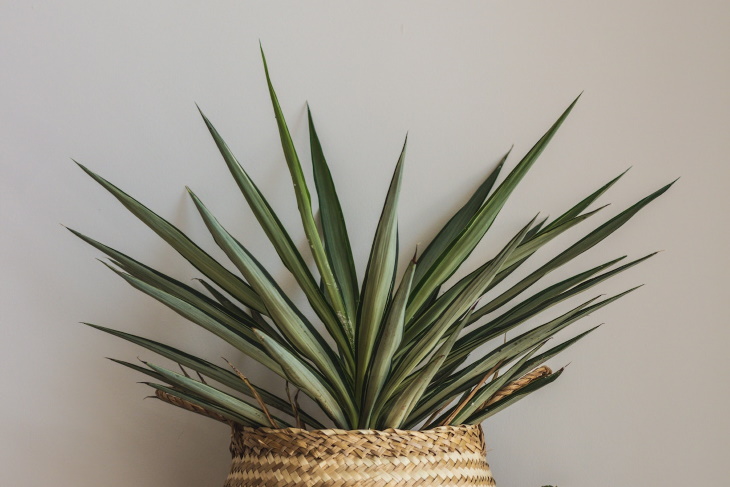

Related article: What Problems Do Plant Owners Encounter in the Winter?
